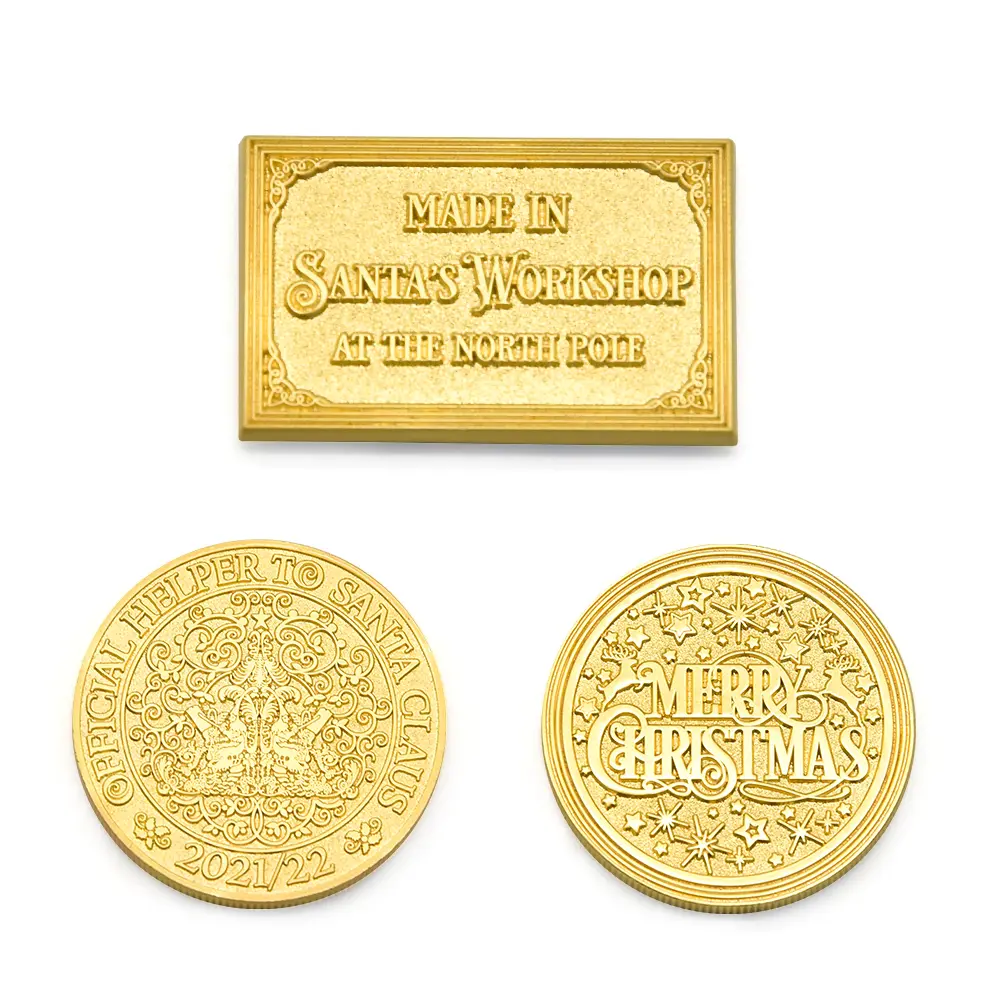When making badges, the selection of materials that are not easy to rust needs to consider a number of factors, the following are some common materials that are not easy to rust and their characteristics:
Stainless steel
Characteristics: Stainless steel has good corrosion resistance, because it contains chromium, nickel and other elements, can form a dense passivation film on the surface, effectively prevent oxygen, water and other corrosive substances from contacting the metal matrix. It also has high strength and hardness, can maintain the shape and texture of the badge, and is easy to process and shape, can make a variety of complex shapes and fine patterns.
Application scenario: Suitable for various types of badges, especially for occasions with high durability and corrosion resistance requirements, such as outdoor display, long-term wear badges, etc. For example, some badges commemorating major sporting events, because they may be displayed and preserved in different environments, the use of stainless steel can ensure that it does not rust for a long time and maintains a good appearance.
Copper alloy

Characteristics: Pure copper itself has a certain corrosion resistance, and copper alloys such as brass (copper-zinc alloy), bronze (copper-tin alloy), etc., can further improve its corrosion resistance by adjusting the alloy composition. Copper alloy has good processing performance, can be made by casting, forging, stamping and other processes to produce exquisite badges, and has a unique metallic luster, giving a noble, elegant texture.
Application scenario: It is often used to make badges with high artistic value and commemorative significance, such as museum souvenir badges, art exhibition commemorative badges, etc. Its unique color and texture can add to the artistic atmosphere and collectible value of the badge.
Aluminium alloy
Features: Aluminum alloy density is small, light weight, easy to wear and display. It can quickly form a layer of alumina protective film in the air, with good corrosion resistance. At the same time, aluminum alloy is easy to process, can be made by die casting, extrusion and other processes to produce various shapes of badges, and can be surface treatment, such as anodic oxidation, electrophoretic coating, etc., to further improve its corrosion resistance and decoration.
Application scenario: Suitable for making some badges with weight requirements, such as badges worn by children and badges distributed in large numbers in activities. In addition, due to its diverse surface treatment process, it can obtain a variety of colors and effects according to different needs, and is often used in some fashion and creative badge production.
Titanium alloy
Characteristics: Titanium alloy has excellent corrosion resistance, and can maintain good performance in a variety of harsh environments such as seawater and humid air. It also has the characteristics of high strength, low density, and high strength, which enables the badge to reduce weight while remaining strong. The biocompatibility of titanium alloy is also very good, no stimulation to human skin, suitable for long-term wear.
Application scenario: It is often used to make high-end, special needs badges, such as military MEDALS, aerospace memorial badges, etc. Its excellent performance and unique metal texture can reflect the special value and significance of the badge.
Precious metal
Characteristics: Gold, silver, platinum and other precious metals are chemically stable, with excellent corrosion resistance, almost will not rust or be oxidized. They have a unique luster and texture, symbolizing nobility and preciousness, which can give the badge a high value and appreciation.
Application scenario: It is generally used to make badges with high collection value and special commemorative significance, such as national MEDALS of honor and commemorative badges of major historical events. However, due to the high cost of precious metals, gold plating, silver plating and other processes are usually used to make badges according to actual needs, in order to reduce costs while ensuring the appearance.
Post time: Apr-10-2025
